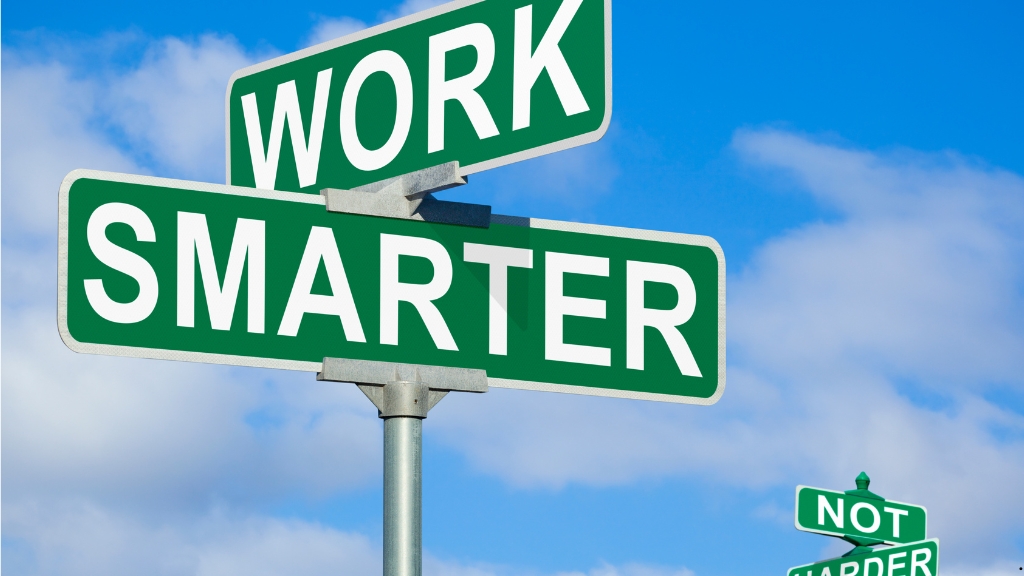Hitting a performance plateau can feel frustrating, like you’re stuck in neutral no matter how hard you push. I’ve been there, wondering why progress has stalled despite putting in the effort. The good news? Plateaus are a natural part of any athlete’s journey, and breaking through them is entirely possible with the right approach.
Whether you’re chasing a faster time, heavier lifts, or sharper skills, overcoming this hurdle starts with understanding why it happens. Often, it’s not about working harder but working smarter. By making a few strategic changes, you can reignite your progress and unlock new levels of performance.
Understanding Performance Plateaus
Performance plateaus occur when progress in a sport halts despite consistent effort and training. Recognizing their nature is the first step to overcoming them.
What Are Performance Plateaus?
Performance plateaus represent a stagnation point where athletic improvement slows or stops entirely. These plateaus can emerge from physical limitations, inefficient training methods, or a lack of mental engagement. They aren’t permanent but indicate a need for adjustment in training or recovery routines.
Common Signs of Hitting a Plateau
- Lack of measurable progress: Performance metrics, like speed, strength, or accuracy, remain unchanged over weeks despite consistent practice.
- Increased fatigue: Experiencing prolonged recovery times or feeling unusually tired during sessions reflects overtraining or insufficient rest.
- Decreased motivation: Losing interest in training or feeling unchallenged suggests mental burnout or inadequate goal setting.
- Performance inconsistency: Fluctuating results, such as hitting personal bests sporadically, can signal underlying inefficiencies in the approach.
Identifying the Root Causes
Determining why progress has stagnated is key to overcoming performance plateaus. I assess both physical and mental aspects to understand the contributors.
Physical Factors
Physical limitations often lead to plateaus in sports. Overtraining can cause excessive fatigue, impairing recovery and performance. For example, inadequate rest periods between sessions may result in muscle overuse or injury. Nutritional deficiencies, like insufficient protein or calorie intake, can also hinder muscle repair and energy levels. Technique errors, such as improper form during exercises, reduce efficiency and increase injury risk. Monitoring training intensity, recovery, and dietary habits helps identify areas needing improvement.
Psychological and Mental Barriers
Mindset plays a significant role in performance. Loss of focus or motivation can contribute to stagnation, especially if routines become monotonous. Stress, from competition or life events, often interferes with performance, reducing consistency and engagement. Self-doubt undermines confidence, leading to hesitation and suboptimal execution during practice or games. Addressing these barriers requires strategies like goal setting, mindfulness practices, and working with mental performance coaches to build resilience and maintain engagement.
Strategies to Break Through Plateaus
Breaking through a performance plateau requires focused adjustments tailored to both physical and mental aspects of training. Strategic changes can help regain momentum and boost results.
Adjusting Training Techniques
Modifying training techniques promotes continued adaptation. I analyze training intensity, duration, and frequency to find inefficiencies or gaps. For instance, incorporating interval training or sport-specific drills can target underutilized muscle groups or skills. Rotating training methods prevents routine fatigue and fosters steady improvement.
Incorporating Active Recovery
Active recovery supports muscle repair while maintaining engagement. Activities like yoga, swimming, or light cycling improve circulation and reduce stiffness without overloading the body. I balance active recovery with rest days to limit overtraining while staying active.
Fine-Tuning Nutrition and Hydration
Optimizing nutrition and hydration fuels performance and recovery. I prioritize balanced macronutrients, aiming for lean proteins, complex carbs, and healthy fats. Staying hydrated with water and electrolytes prevents fatigue and enhances endurance. Tracking intake reveals deficiencies that might hinder progress.
Tracking Progress and Setting New Goals
Tracking performance metrics ensures consistent evaluation. I use tools like apps or training logs to monitor strength, endurance, and skill improvements. Setting specific, measurable goals, such as achieving a faster sprint time or mastering a new technique, provides motivation and direction to pursue higher achievements.
Mental Approaches to Overcome Plateaus
Breaking through performance plateaus often requires mental adjustments alongside physical strategies. Engaging the mind effectively can reignite motivation, build confidence, and enhance focus during training and competition.
Building Resilience and Patience
Resilience and patience are key to overcoming mental barriers during plateaus. I focus on acknowledging that plateaus are temporary and part of long-term growth. This mindset helps me stay committed to my goals even when progress feels slow.
Developing resilience involves reframing failures as learning opportunities. If I record a poor performance, I analyze it to identify areas for growth rather than focusing on frustration. Patience grows when I celebrate small wins, like refining a skill or achieving consistency, instead of chasing instant results. These practices keep me motivated and reduce burnout.
Practicing Visualization and Mindfulness
Visualization and mindfulness enhance mental preparedness and reduce stress. I use visualization to create mental scenarios of successful performance, such as executing a move or improving timing in my sport. This technique strengthens neural pathways and improves confidence.
Mindfulness practices, like focused breathing or body scans, help me stay present during training. For example, I may perform a mindfulness exercise before practice to increase awareness of movements and prevent distractions. These habits improve focus, control emotional responses, and boost overall performance consistency.
Importance of Professional Support
Relying on professional support enhances an athlete’s ability to overcome plateaus by providing expertise and resources that address specific challenges. Trained professionals analyze performance data, refine training methods, and implement strategies to accelerate progress.
Consulting Coaches and Trainers
Connecting with experienced coaches and trainers delivers tailored guidance essential for breaking through performance barriers. These experts assess training routines and identify weaknesses, such as ineffective movement patterns or suboptimal programming. By developing personalized plans and providing real-time feedback, they help optimize techniques and improve efficiency. For instance, a running coach might recommend improving stride length or pacing strategies to enhance endurance.
Weekly or bi-weekly check-ins with a trainer ensure accountability and adaptability in adjusting plans. With an objective perspective, coaches motivate athletes to persist during stagnant periods and reinforce technical proficiency to minimize injury risk.
Leveraging Sports Science and Technology
Applying sports science and technology maximizes training precision and insights for progress. Performance-tracking devices, such as GPS watches or wearable sensors, provide data on metrics like speed, heart rate, and recovery cycles. Analyzing this data identifies trends and reveals gaps in both physical and mental performance.
Advanced tools like motion analysis software detect mechanical inefficiencies, enabling targeted improvements in form. Additionally, using apps to monitor nutrition, sleep patterns, and recovery resources supports holistic progress. For example, platforms like WHOOP track recovery scores to optimize training intensity and recovery balance.
Conclusion
Breaking through a performance plateau requires a combination of strategy, self-awareness, and patience. It’s not just about working harder but making smarter adjustments that address both physical and mental aspects of your training.
By staying adaptable, embracing professional guidance, and leveraging tools to track progress, you can reignite your growth and push past stagnation. Every plateau is an opportunity to refine your approach and come back stronger.
Remember, progress isn’t always linear, but with the right mindset and strategies, you’ll be well-equipped to overcome any barriers and reach new heights in your sport.



